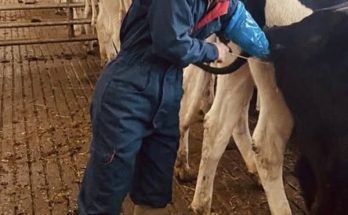Of course, there are plenty of substances in the world that could be deadly if consumed, but most of them aren’t items you’d find on a dinner plate.
However, this particular food is widely eaten across the globe, making it all the more concerning. So, what is it?
Each year, roughly 500 million people consume it, and global production reaches hundreds of millions of tonnes.
Native to South America, cassava is a key part of many traditional diets. But despite its popularity, it carries a serious risk.
The roots, peel, and leaves of the plant contain toxic compounds that, when eaten raw or improperly prepared, can release hydrogen cyanide—a substance that can be lethal to humans.

The WHO explains: “Cassava tubers contain a varying quantity of cyanogenic glucosides which protect the root against attack by animals and insects. Appropriate processing before consumption can reduce cyanogenic glucoside content of cassava. When high cyanogenic cassava is not processed correctly, high dietary cyanide exposure occurs.”
“This often happens during times of famine and war. Cyanide in cassava is associated with acute cyanide poisoning and several diseases including konzo.”

While cassava has been labeled as the ‘world’s deadliest food,’ the vast majority of people who consume it regularly do so without any issues. The key to staying safe is all in the preparation.
So, how can cassava be made safe to eat?
In places facing food shortages, such as Venezuela in 2017, people consumed improperly processed cassava to avoid starvation, which tragically led to fatalities, as reported by El País.



